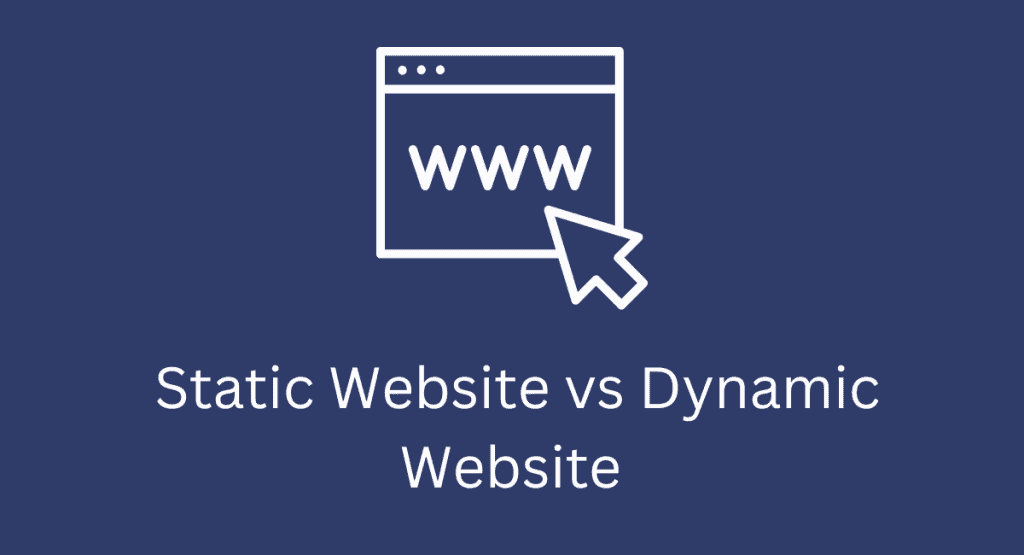If you’ve ever created or considered creating a website, chances are you’ve come across the terms “static” and “dynamic.” But what exactly do they mean? And more importantly, which one is right for your website?
In this blog post, we’ll answer those questions and more. Read on to learn everything you need to know about static website vs dynamic website.
Table of Contents
What is a Static Website?
As we mentioned before, static websites are simple sites that don’t require frequent updates. They usually contain a few pages with fixed content that doesn’t change much over time.
One of the benefits of static websites is that they’re easy to create and don’t require any special coding skills. Another advantage is that static sites load quickly since the server doesn’t have to generate new content each time someone visits the site. Finally, static sites are often less expensive to host than dynamic sites since they don’t require as much bandwidth or disk space.
Of course, there are also some drawbacks to using static websites. One downside is that they can be more difficult to update than dynamic sites since you need to edit the HTML code directly. Additionally, static sites aren’t well-suited for businesses that need to regularly update their content or offer interactive features like forums or blogs.
Here are some examples of static website:
-A personal blog
-A business that sells products online
-A portfolio
-A one-page site
What is a Dynamic Website?
Dynamic websites, on the other hand, are constantly changing and offer interactive content like videos, blogs, and discussion forums. One of the benefits of dynamic websites is that they’re easier to update than static sites since you can typically just log in and add new content without having to edit any HTML code.
Additionally, dynamic sites offer more flexibility since they can be easily expanded to include new features as needed. For example, if you want to add a forum or blog section to your site, all you need to do is install the relevant software and set it up—you don’t need any coding skills!
However, there are also some disadvantages of using dynamic websites.
One downside is that they can be slower to load than static sites since the server has to generate new content each time someone visits the site. Additionally, dynamic sites often require more disk space and bandwidth than static sites since they contain more files (e.g., images, videos). Finally, dynamic websites can be more expensive than static sites since they often require specialized hosting plans with higher bandwidth allowances.
That means that each time a user visits a dynamic webpage, the server will execute the script and pull data from the database to build the page—hence the name “dynamic.” If your website needs to display regularly updated content, or if you want to offer users interactive features like forms or forums, then you’ll need a dynamic site.
And here are some examples of dynamic websites:
-An eCommerce site
-A social networking site
-A news site
-A forum
The Difference Between Static & Dynamic Website

The main difference between static and dynamic websites is their functionality.
Static websites are much simpler in design and functionality than dynamic websites. They are typically used for small websites that do not need any complex features or functionality. Dynamic websites, on the other hand, are used for larger websites that require complex features and functionality.
Another difference between static and dynamic websites is in their development time. Static websites can be developed very quickly since they do not require any coding. Dynamic websites take much longer to develop since they require coding in order to add features and functionality.
Finally, static websites are much easier to maintain than dynamic websites. This is because they do not require any updates or changes to the code. Dynamic websites, on the other hand, require constant updates and changes to the code in order to keep up with the latest trends and technologies.
Conclusion
So which type of website is right for you? The answer depends on your needs. If you’re not planning on frequently updating your site or adding new features/content (eg., if you have a small business with only a handful of products), then a static website might be the best option for you since it’s less expensive and easier to create/maintain .
However, if you want the ability to easily update your site or add new content (eg., if you have an online store), then a dynamic website would likely be a better choice.




